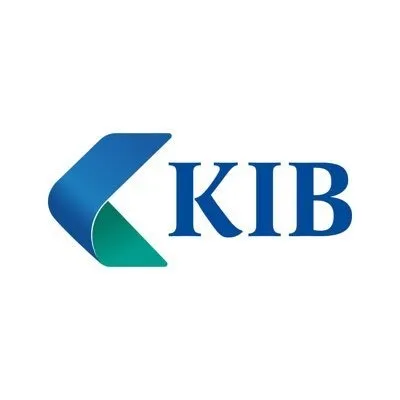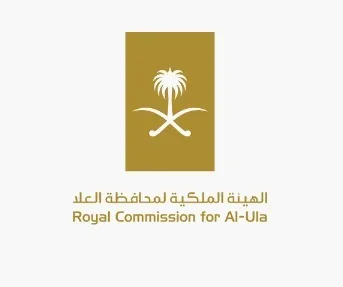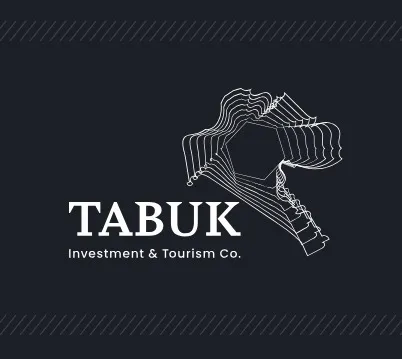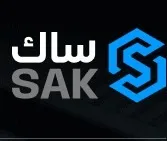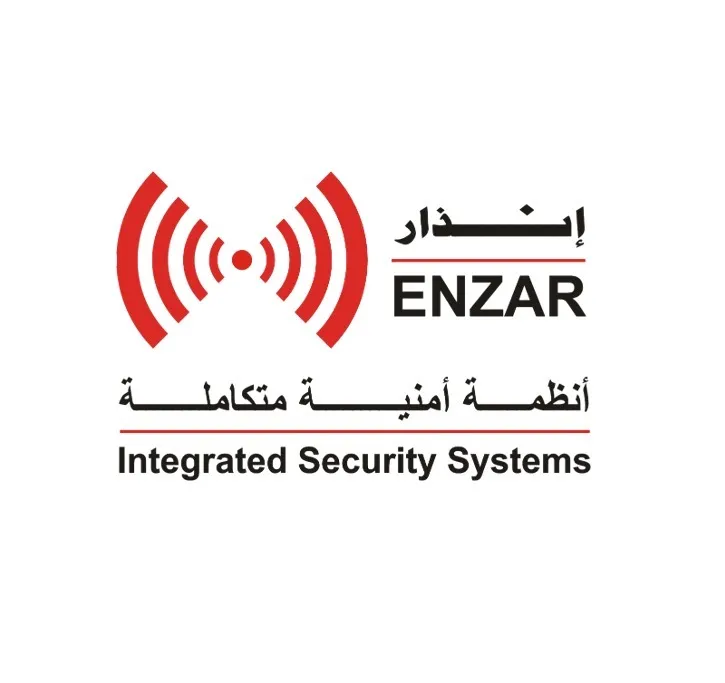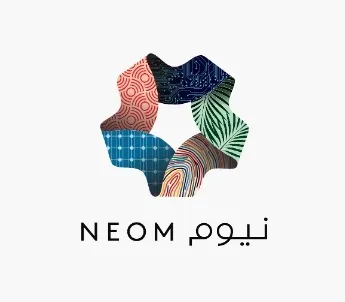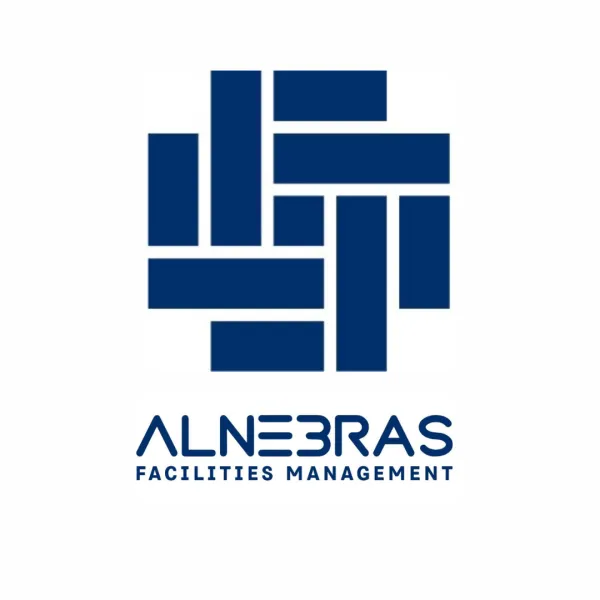Articles
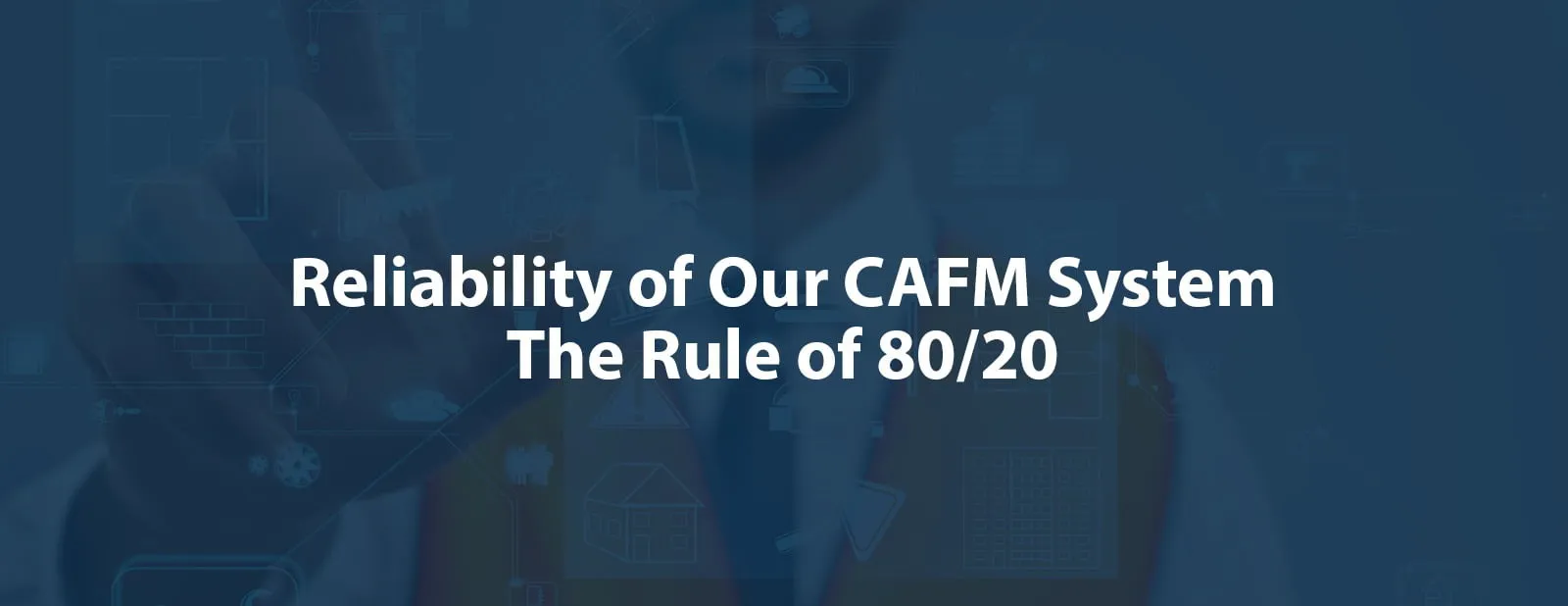
Nowadays, applying CAFM system for your company is essential for any business because it helps streamline and automate various facility management tasks. It provides a centralized platform for tracking and managing assets, maintenance requests, space utilization, and other critical functions.Reliability is a major challenge faced by manufacturing companies, as unplanned equipment failures can result in significant losses, including lost product, increased maintenance costs, decreased workforce productivity, delivery delays, and customer dissatisfaction.However, it has been found that up to 50% of these failures can be prevented by following the "80/20 Rule" and implementing an efficient maintenance program. This rule states that maintenance personnel should spend at least 80% of their time on preventative maintenance and no more than 20% on unplanned repairs.Additionally, not more than 20% of equipment should consume over 80% of the maintenance budget. A reliability CMMS, such as Eagle Technology Proteus, can be used to efficiently manage equipment by maintaining an accurate inventory, scheduling preventative maintenance, and providing necessary information and tools for successful maintenance, while reducing unplanned downtime and saving costs.By utilizing a CAFM system that optimizes equipment with the 80/20 rule, the maintenance team can efficiently plan and allocate their time, energy, and resources to maintain equipment and reduce unplanned downtime.
Read More
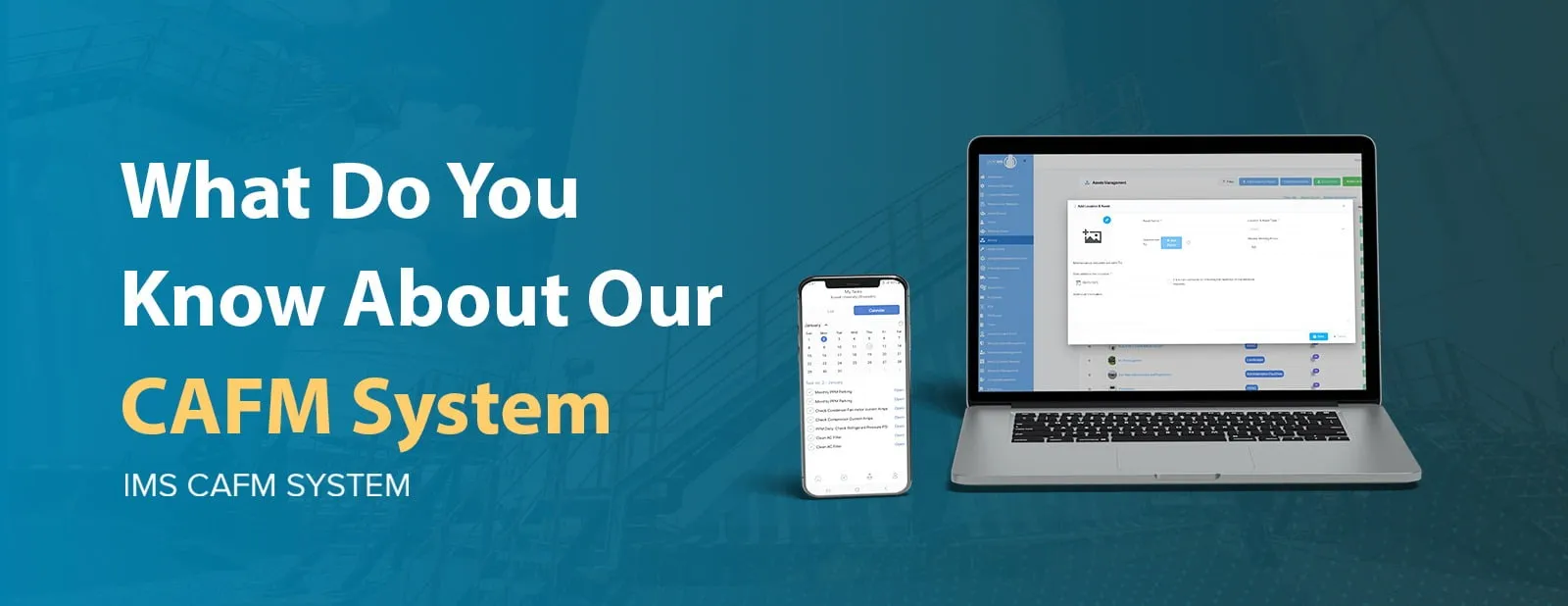
Nowadays, CAFM system is an essential tool for modern facility management in our life. Computer-Aided Facility Management (CAFM) system is a critical component of modern facility management. These systems have been developed to automate and streamline the management of facilities such as buildings, hospitals, universities, companies, campuses, and other types of property.Facility management involves managing a wide range of tasks related to the maintenance and upkeep of a facility. This includes tasks such as cleaning, security, maintenance, repairs, and upgrades. The goal of facility management is to ensure that the facility is safe, functional, and cost-effective.Our CAFM system, CAFM IMS, uses advanced technology to manage these tasks. They are designed to integrate and automate various aspects of facility management, including asset management, space management, maintenance management, and resource scheduling.Asset ManagementAsset management is a crucial component of our CAFM system. This involves managing all the physical assets in the facility, including furniture, equipment, and machinery. CAFM IMS system use a variety of tools and techniques to track and manage these assets, including barcode scanning, SOP tracking, and spare parts tracking.Space ManagementSpace management is another important aspect of CAFM IMS system. This involves managing the physical space in the facility, including rooms, buildings, and outdoor spaces. CAFM system use space planning software to help facility managers optimize the use of space and ensure that each area is being used efficiently.Maintenance ManagementMaintenance management is also a critical component of CAFM IMS system. This involves managing the maintenance of all the physical assets in the facility, including routine maintenance, repairs, and upgrades. CAFM IMS system uses predictive maintenance algorithms to help facility managers identify potential issues before they occur, minimizing downtime and reducing costs.Resource SchedulingResource scheduling is an essential component of CAFM IMS system. This involves managing the allocation of resources such as personnel, equipment, and supplies. Our CAFM system uses advanced scheduling algorithms to help facility managers optimize resource allocation, ensuring that each resource is being used effectively and efficiently.In summary, CAFM system is an essential tool for modern facility management. CAFM IMS system helps facility managers automate and streamline the management of physical assets, space, maintenance, and resources. By using our advanced technology and software, CAFM system can help facility managers reduce costs, improve efficiency, and ensure that the facility is safe, functional, and cost-effective.In conclusion, as facilities become more complex and the need for efficiency increases, the role of CAFM IMS system in facility management will continue to grow. By embracing these systems, facility managers can stay ahead of the curve and ensure that their facilities are safe, functional, and cost-effective.
Read More
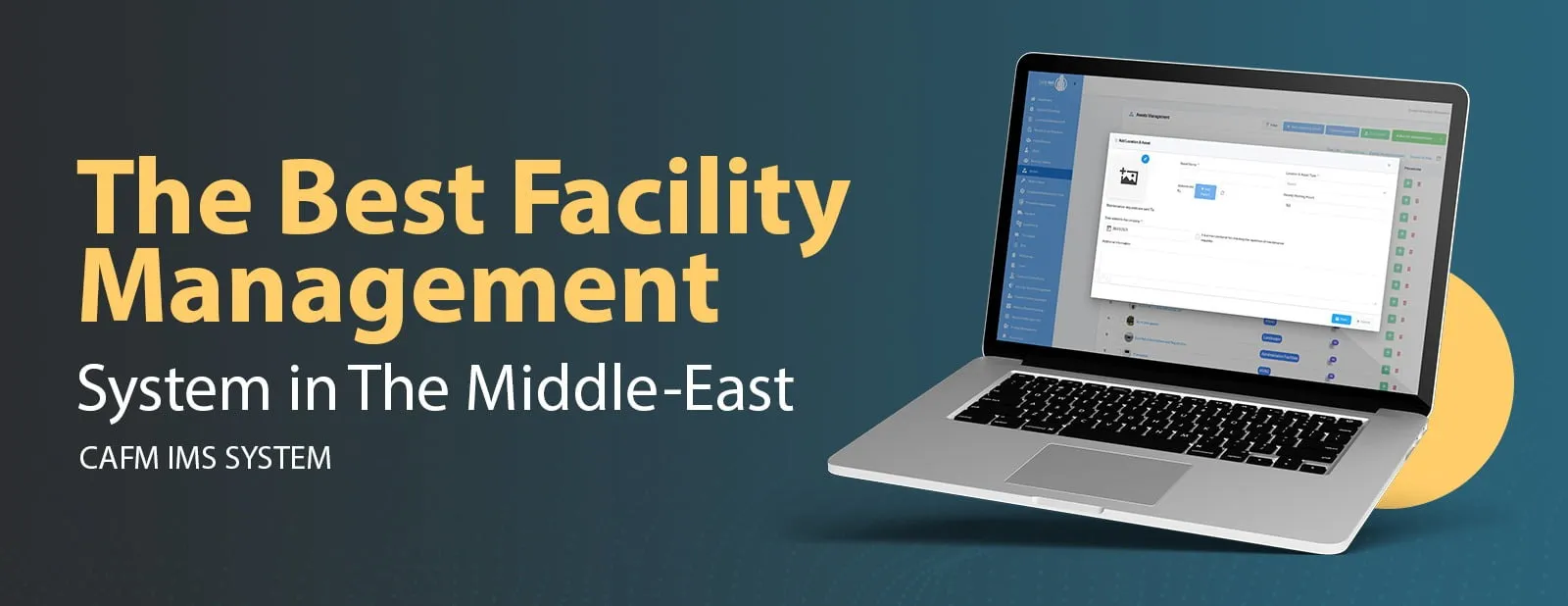
Facility management has become an integral part of any business operation in the Middle East. With an increase in the number of companies, the demand for facility management services has grown. Facility management system helps organizations to manage their facilities efficiently, saving time, and money.Choosing the right facility management system can be a daunting task, especially in a region as diverse as the Middle East. However, our facility management system distinguished from the rest - CAFM IMS.CAFM IMS is a comprehensive facility management system designed to provide the needs of organizations in the Middle East. It is a web-based system that enables users to manage all their facilities from a single platform. The system is easy to use and requires minimal training, making it an ideal choice for businesses of all sizes.One of the key features of our facility management system, CAFM IMS, is its maintenance management module. The module enables users to manage their maintenance activities efficiently. The system provides real-time information on maintenance schedules, work orders, and asset performance, allowing users to take timely action to prevent breakdowns and reduce downtime.CAFM IMS also comes with assets management module. Assets management at our system involves managing all the physical assets in your facility, including furniture, equipment, and machinery. It has a variety of tools and techniques to track and manage your assets, including barcode scanning, SOP tracking, and spare parts tracking.Another essential module of CAFM IMS is the inventory management module. The module enables users to manage their inventory effectively, reducing the risk of stockouts and excess inventory. The system provides real-time information on inventory levels, stock movements, and order status, allowing users to make informed decisions.Indeed, CAFM IMS is the best facility management system in the Middle East. Its comprehensive range of modules, ease of use, and flexibility make it an ideal choice for organizations of all sizes. With our facility management system, businesses in the Middle East can manage their facilities efficiently, saving time and money, and improving their overall operational efficiency.
Read More
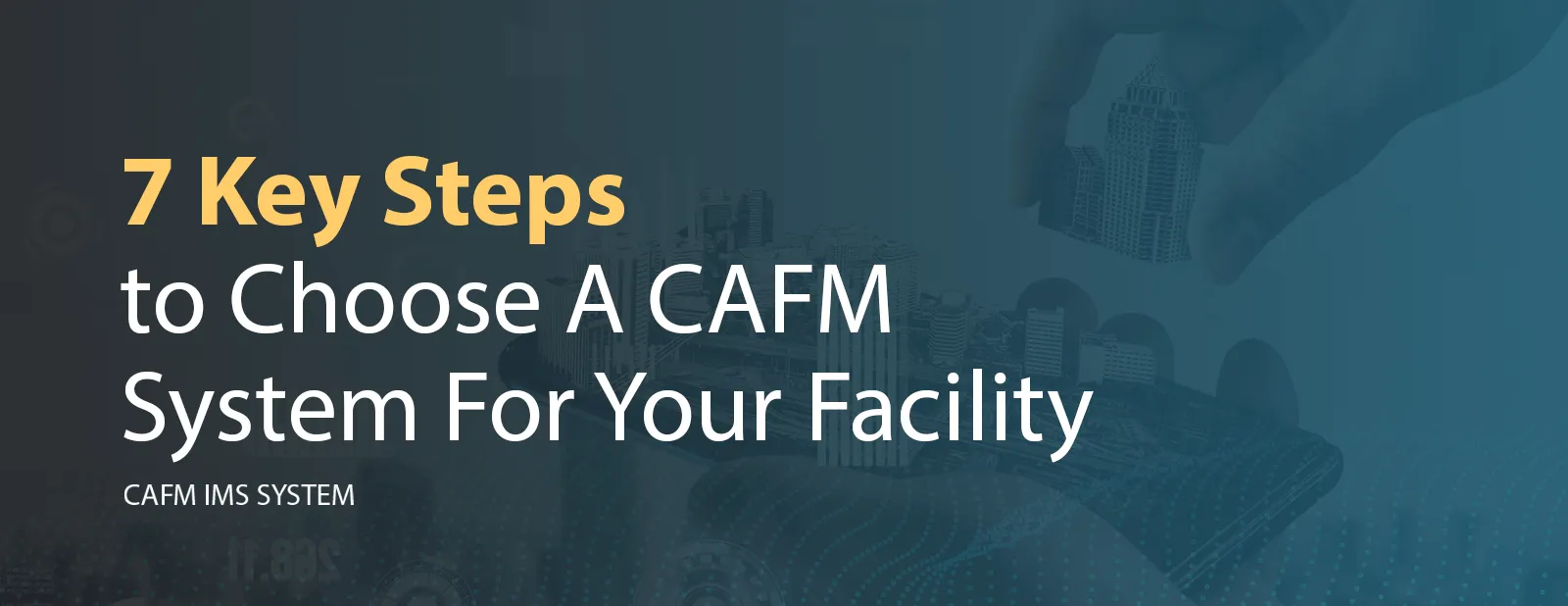
Choosing the right CAFM (Computer-Aided Facilities Management) system is crucial for managing your organization's facilities and assets effectively. Here are some key steps to consider when choosing a CAFM system:1. Define your requirements:Start by defining your organization's requirements and what you want to achieve with the CAFM system. Identify your priorities and the specific features you need, such as asset management, space management, maintenance management, and reporting capabilities.2. Research and evaluate vendors:Research potential CAFM vendors and evaluate their systems based on your requirements. Look for vendors with experience in your industry and a proven track record of delivering quality solutions. Evaluate their software features, support services, and pricing structures to determine which vendor offers the best value for your needs.3. Demo the system:Request a demo of the CAFM system to get a hands-on experience of the software. During the demo, ask the vendor to demonstrate the specific features and functionality that you identified as important to your organization.4. Get feedback from stakeholders:Involve key stakeholders in the decision-making process and gather their feedback on the CAFM system. This can include facility managers, IT staff, and end-users. Ensure that the system is user-friendly and can be easily adopted by your team.5. Consider integration capabilities:If you have existing systems such as a BMS , consider the integration capabilities of the CAFM system. Integration can save time and resources by enabling data exchange and streamlining processes.6. Evaluate security and data privacy:Ensure that the CAFM system meets your organization's security and data privacy requirements.7. Evaluate scalability and flexibility:Choose a CAFM system that can grow with your organization and adapt to changing needs. Ensure that the software is scalable and flexible to accommodate new facilities and assets.By following these steps, you can choose a CAFM system that aligns with your organization's goals, meets your requirements, and delivers value over the long term.DON’T FORGET TO REQUEST CAFM DEMO : CAFM-IMS.COM
Read More
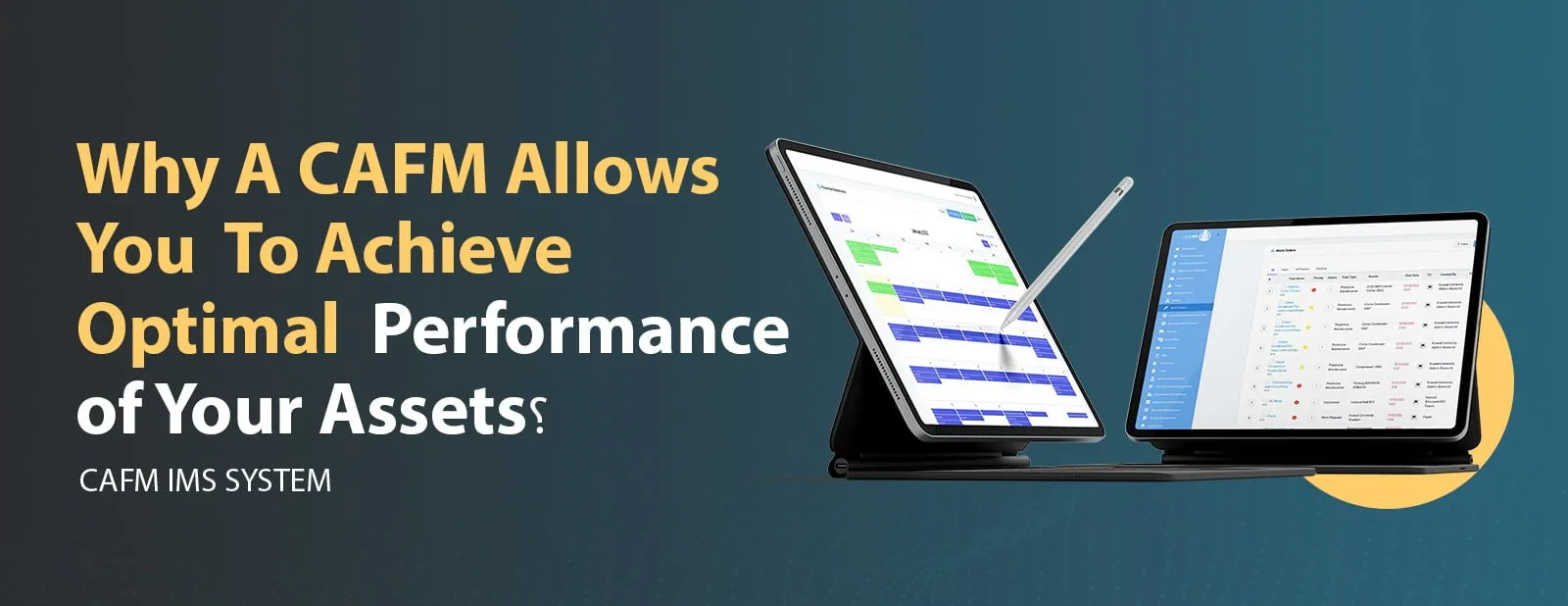
Computer-Aided Facility Management (CAFM) systems are increasingly becoming a crucial tool for facility managers to manage their assets and maximize their performance. CAFM is a software-based solution that helps facility managers to streamline operations, reduce costs, and improve the efficiency of their assets.In today's fast-paced business environment, it is essential to have a CAFM system to help you manage your facility assets. A CAFM system provides facility managers with a centralized platform that allows them to manage all aspects of their assets, from maintenance to repair and replacement.Here are some reasons why a CAFM system is crucial to achieving optimal performance of your assets.1. Streamline Asset Management ProcessesOne of the significant advantages of a CAFM system is that it streamlines asset management processes. By using a CAFM system, facility managers can automate many of the manual processes associated with asset management. This includes scheduling preventative maintenance, managing work orders, and tracking asset performance.By automating these processes, facility managers can free up time and resources, allowing them to focus on more strategic activities. In addition, automating these processes ensures that they are done consistently and efficiently, reducing the risk of errors and downtime.2. Real-Time Data and AnalyticsAnother significant advantage of a CAFM system is that it provides real-time data and analytics. Facility managers can use this data to gain insights into asset performance, identify trends, and make informed decisions. Real-time data can also help managers to identify potential issues before they become problems, reducing downtime and minimizing costs.Moreover, the use of analytics and data visualization tools can help facility managers to identify patterns and trends that might not be immediately apparent. This can lead to more informed decision-making, which can ultimately improve asset performance and reduce costs.3. Improved Communication and CollaborationA CAFM system can also improve communication and collaboration within the facility management team. By providing a centralized platform, the system can facilitate collaboration between different departments and stakeholders, such as maintenance teams, engineering teams, and vendors.Improved communication and collaboration can lead to more efficient operations and a better overall performance of assets. It can also ensure that everyone is on the same page, reducing the risk of miscommunication and errors.4. Better Asset UtilizationFinally, a CAFM system can help facility managers to optimize asset utilization. By tracking asset performance and maintenance history, managers can identify which assets are being underutilized and which are being overused. This information can be used to make informed decisions about asset replacement, upgrades, and reallocation.Better asset utilization can lead to significant cost savings and improve the overall efficiency of operations. By optimizing asset utilization, facility managers can ensure that they are getting the most out of their assets and minimizing waste.In conclusion, a CAFM system is an essential tool for facility managers looking to optimize the performance of their assets. By streamlining asset management processes, providing real-time data and analytics, improving communication and collaboration, and optimizing asset utilization, a CAFM system can help facility managers to reduce costs, improve efficiency, and achieve optimal asset performance.
Read More
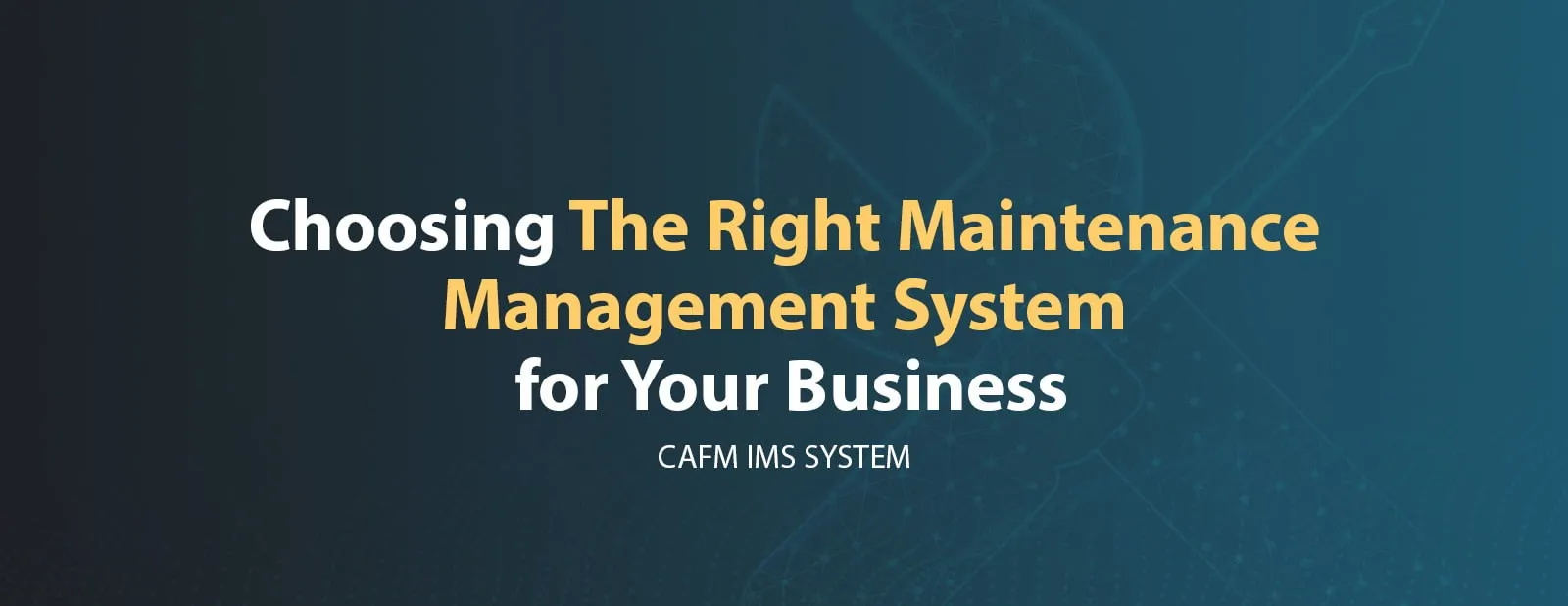
Maintenance management system is an essential tool for businesses to keep their assets in top condition. They help to streamline maintenance processes, improve equipment performance, and reduce costs associated with unplanned downtime. However, choosing the right maintenance management system for your business can be a daunting task. In this article, we will provide a comprehensive guide to help you choose the right maintenance management system for your business.1. Identify Your Business NeedsBefore choosing a maintenance management system, it is crucial to identify your business needs. This includes understanding the size of your facility, the number of assets you need to maintain, and the types of maintenance activities required. For example, a manufacturing facility may require a maintenance management system that can handle preventive maintenance scheduling, work order management, and inventory tracking.2. Consider Your BudgetWhen choosing a maintenance management system, it is essential to consider your budget. The cost of a maintenance management system can vary widely, depending on the features and capabilities it offers. A cloud-based solution may be more cost-effective for small businesses, while large businesses may benefit from an enterprise-level solution.3. Consider Your Business Size and ComplexityThe size and complexity of your business can also impact the type of maintenance management system you need. A small business with a limited number of equipment assets may not require the same level of functionality and features as a large corporation with multiple facilities and complex equipment assets. Consider the size and complexity of your business when evaluating different maintenance management systems to ensure you choose a system that fits your specific needs.4. Evaluate System FeaturesMaintenance management systems come with a variety of features and capabilities, and it is essential to evaluate them based on your business needs. Some common features include:Preventive Maintenance: This feature enables you to schedule regular maintenance tasks to prevent equipment breakdowns and extend equipment life.Work Order Management: This feature enables you to manage work orders and assign tasks to maintenance personnel.Inventory Management: This feature enables you to track parts and supplies required for maintenance tasks.Asset Management: This feature enables you to track and manage assets, including maintenance history and warranty information.5. Determine Ease of UseWhen choosing a maintenance management system, it is essential to consider ease of use. The system should be user-friendly and easy to navigate, with an intuitive interface. It should also offer training and support to help users get up to speed quickly.6. Evaluate Integration CapabilitiesMaintenance management systems should be able to integrate with other business systems, such as enterprise resource planning (ERP) systems, to enable seamless data transfer. This integration capability enables you to avoid duplicate data entry and ensure that your maintenance management system is always up to date.7. Assess Data SecurityData security is crucial when choosing a maintenance management system. The system should offer robust data security measures, including data encryption and access controls, to ensure that your maintenance data is protected from unauthorized access.Conclusion:Choosing the right maintenance management system for your business can be a challenging task. However, by considering your business needs, budget, system features, ease of use, integration capabilities, and data security, you can make an informed decision that will benefit your business in the long run. A maintenance management system can help you streamline maintenance processes, improve equipment performance, and reduce costs associated with unplanned downtime.
Read More




